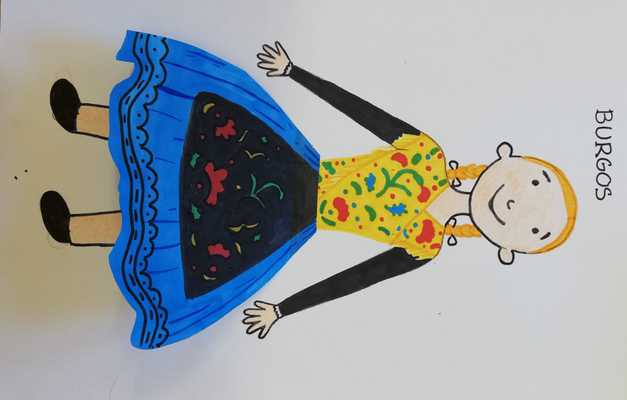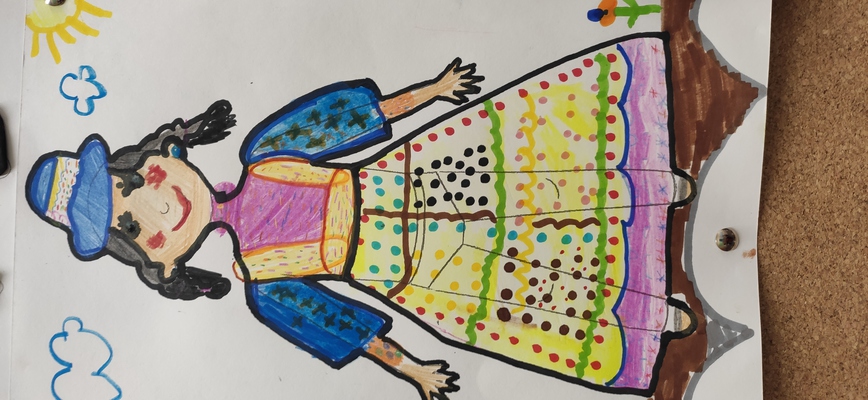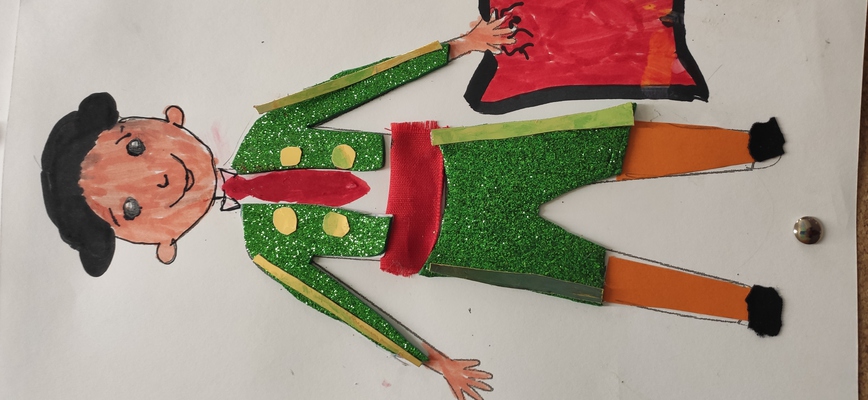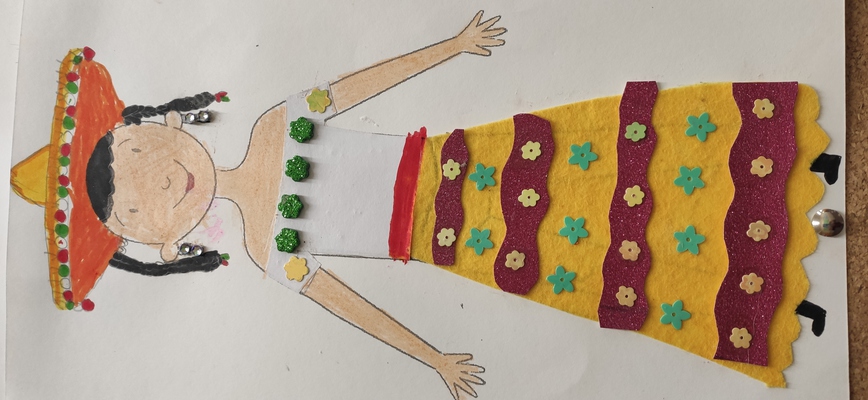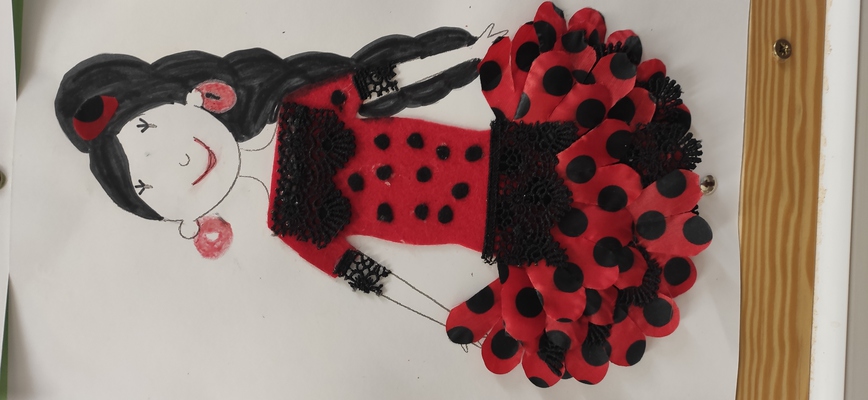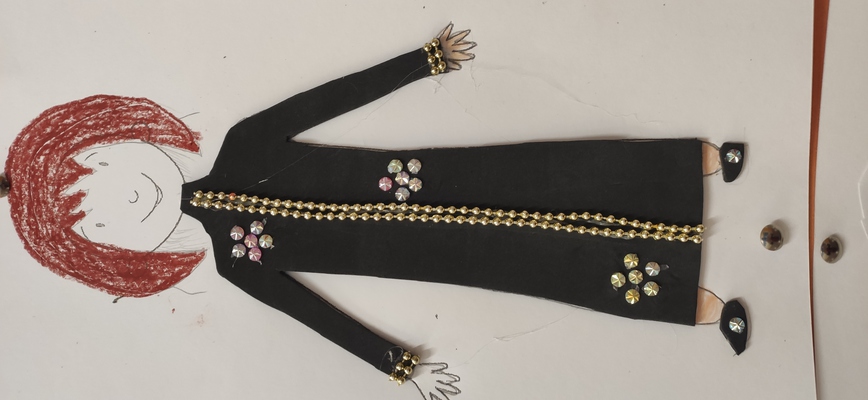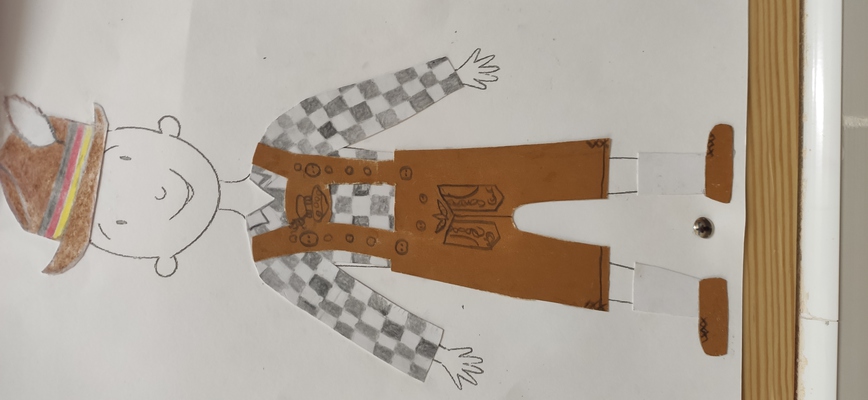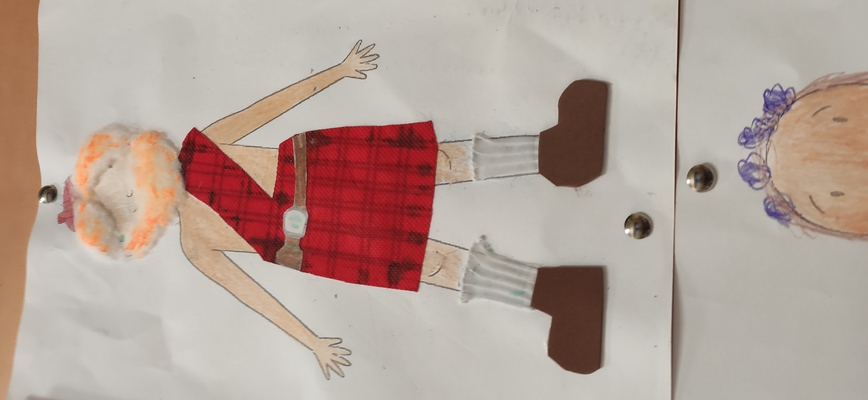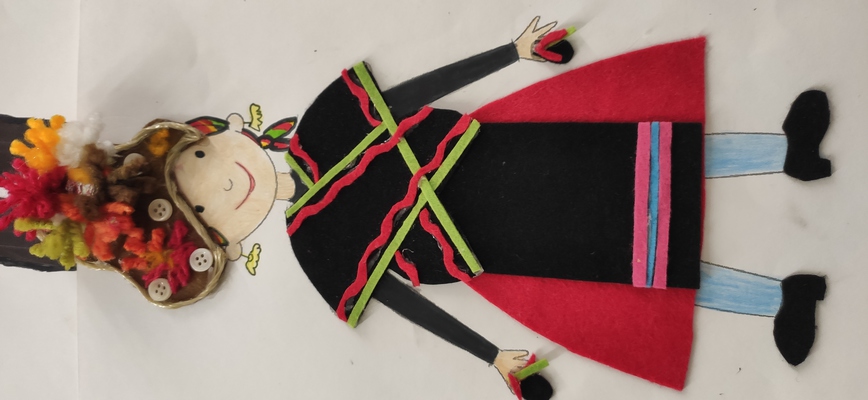ACTIVITY DESCRIPTION:
DECEMBER 2019
ID: P6
PARALLEL STAGE: In the activity’s parallel stage, pupils learn about their country’s, district’s, or community’s traditional outfits: their history, usage, design, and symbolism. Teachers ensure that the traditional dress of immigrant pupils and pupils from different ethnic backgrounds are included in the activity. Where possible, a visit is organised to a relevant museum or exhibition. The same or different pupil groups re-design elements of traditional dress (e.g. designs, fabrics, accessories) into modern children’s wear. Depending on each school’s resources and expertise, the output may range from full outfits to simple accessories.
INTERACTION FOLLOW-UP STAGES: In the interactive and follow-up stages, the output is digitally recorded and shared between partners as a children’s wear catalogue. It is also physically shared at the subsequent LTT (C5) and incorporated into other project or school events—for example, in a fashion show or as costumes for dance performances.
CYRPUS
Memebers of the CRAFT SHACK club worked on the TRADITIONAL DRESS acticity in Cyprus. After visiting a traditional costumes collection and reseraching the different fabrics and weaves used in making them, children got tehir creative hats on to make their own designs. Using a traditional striped fabric called "alladjia", children made hair bands and christmas stockings. In addition, they created wooden coasters decorated with images of traditional costumes and weavings. All of the children's crafts were sold at a Christmas charity bazaar.
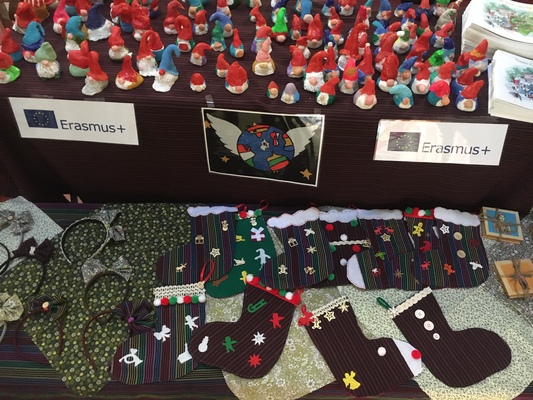

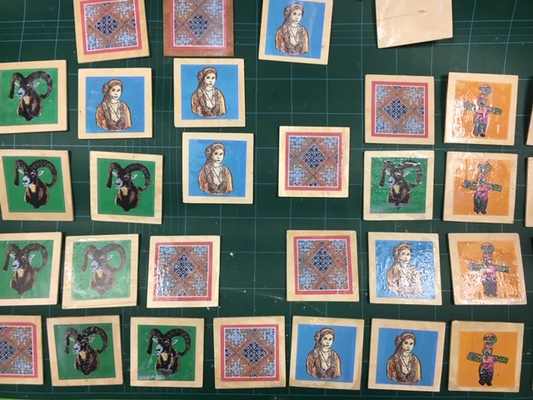
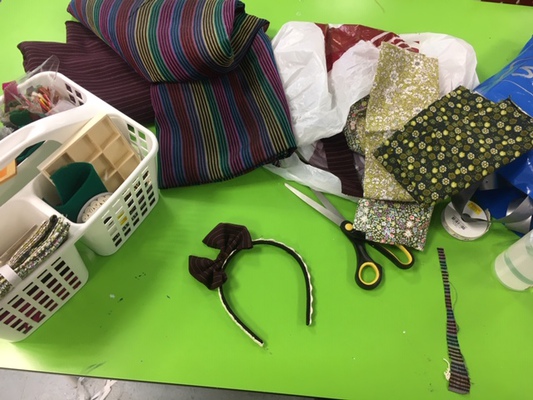
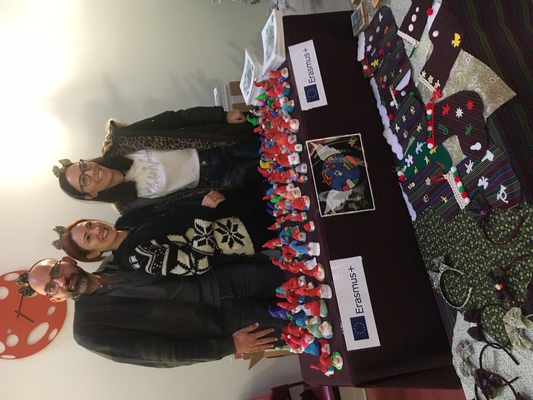
POLAND
Firstly, Polish pupils learnt about traditional folk costumes from different part of Poland. Then, they designed new items such as: rings, fillets, brancelets, belts and dresses which contain traditional folk ornaments. After that, thay presented their works on the catway. Audience - pupils from Primary school No 5, applaused their show loudly. They enjoyed newly designed dresses very much.
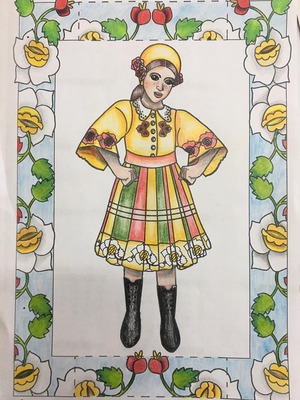
SPAIN
The children were given a drawing of a doll in a cardboard. They were told to use their imagination to create the different traditional dresses of their countries. we asked them to use all types of materials ( buttons, foam, pins, badges, cardboards, flowers...etc...)
the result was very impressive and very satisfactory as you can see. some students costumized it from a modern point of view. All of them were originally created, and the activity was highly scored in the Arts class for the great project they are done, and the materials they have used in creating it.
